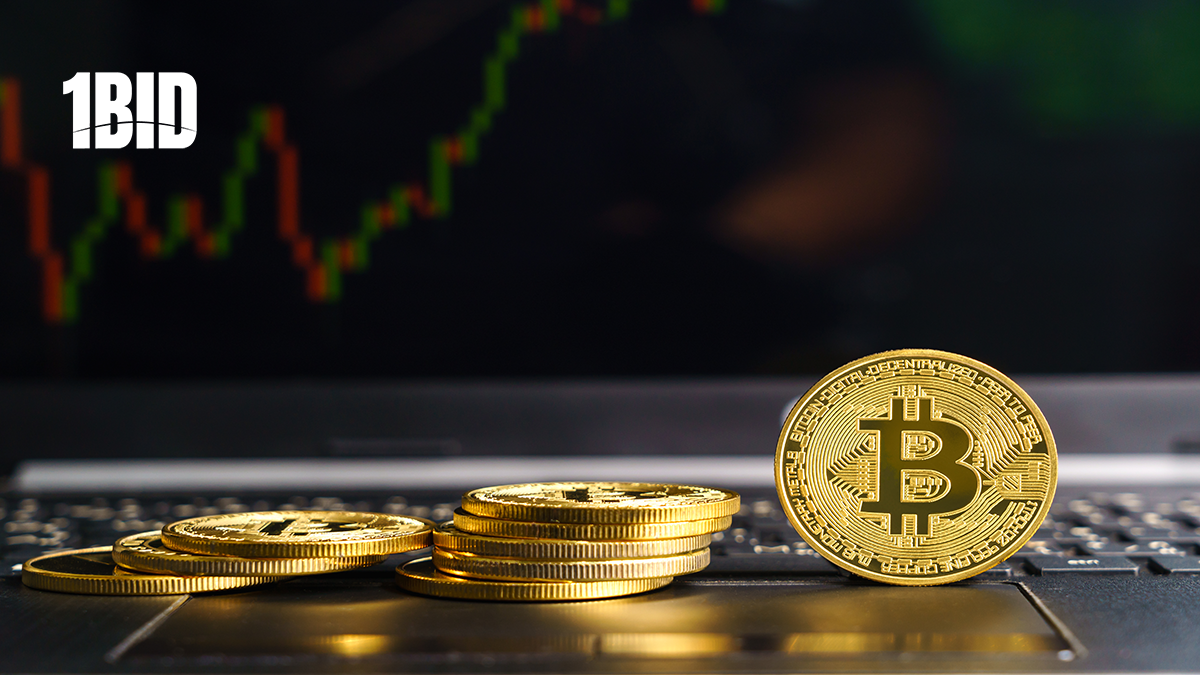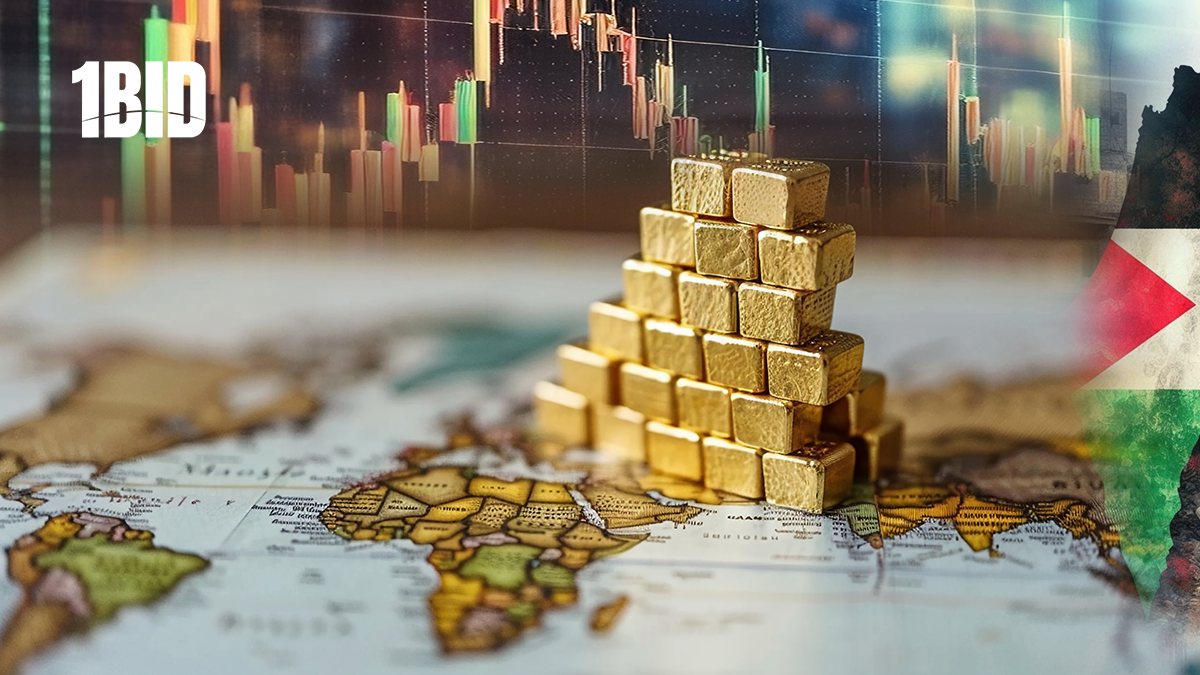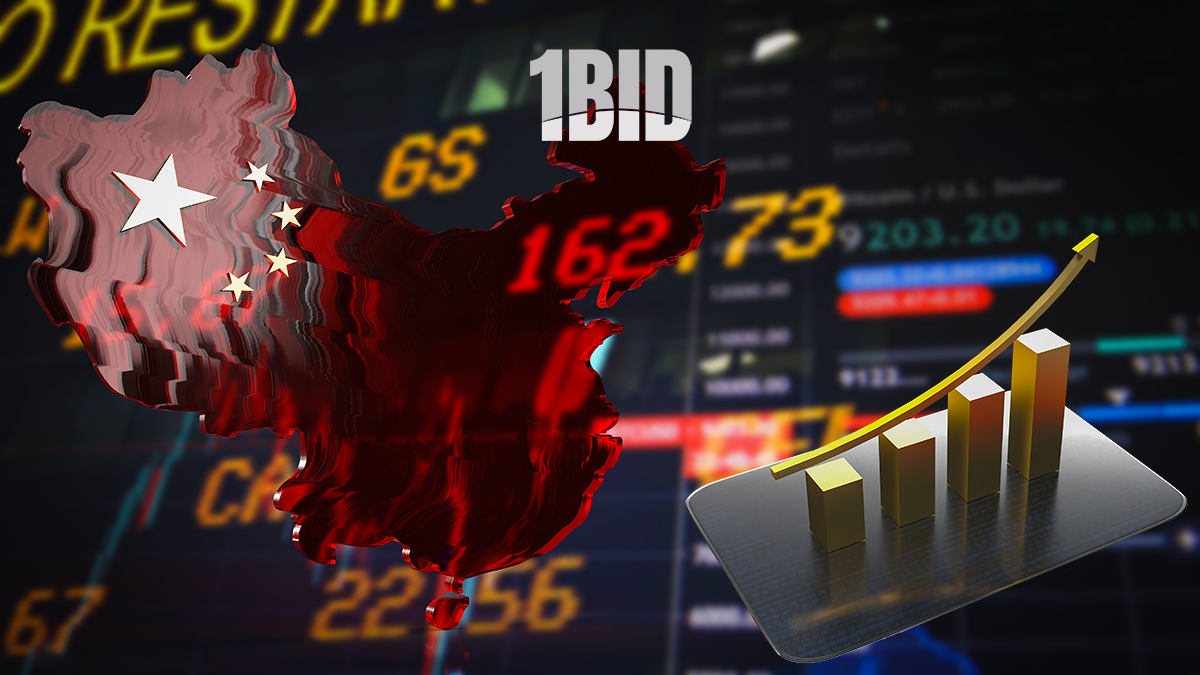The fading impact of China’s stimulus program, which had temporarily redirected capital into property and Chinese equity markets, has also played a role in gold’s recovery after two consecutive days of losses. Despite this recovery, the upside for gold may be limited by comments from Federal Reserve (Fed) Chairman Jerome Powell. Powell indicated that the recent 50 basis points (bps) cut to interest rates does not necessarily imply similar cuts in future meetings. Consequently, market-based probabilities for another 50 bps cut in November have dropped from over 60% last week to the mid-30% level, according to the CME FedWatch tool.
Stronger-than-expected economic data has further reduced the likelihood of another substantial rate cut, which has negatively impacted gold prices. Gold, being a non-interest-bearing asset, tends to become more attractive when interest rates are lower. Conversely, higher interest rates make gold less appealing to investors.
In the medium to long term, gold remains in an uptrend. Technical analysis suggests that the trend is likely to continue, with a break above the $2,685 all-time high potentially leading to further gains towards $2,700 and $2,750. Despite modest intraday gains during the early European session on Tuesday, gold prices have not yet surpassed the record peak reached last week.
The near-term outlook for gold appears favorable for bullish traders, driven by expectations of a continued slowdown in US inflation, which could prompt further interest rate cuts by the Fed. Additionally, the risk of escalating geopolitical tensions in the Middle East and hopes for a revival in physical demand from China’s stimulus measures are likely to support gold prices. As such, gold remains a key asset for investors seeking a safe haven amid ongoing economic and geopolitical uncertainties.







